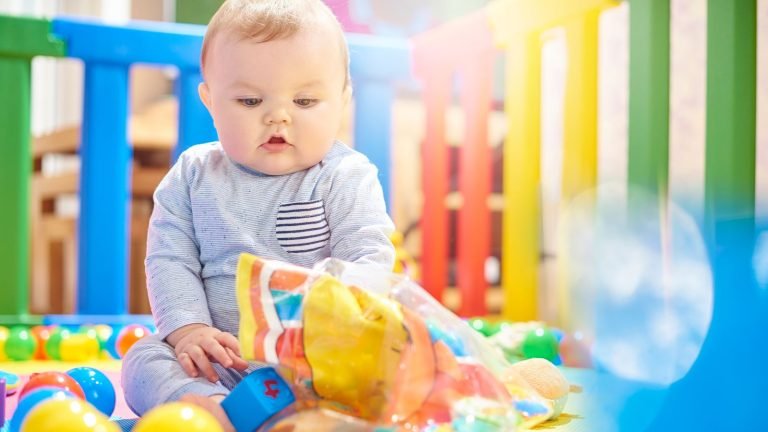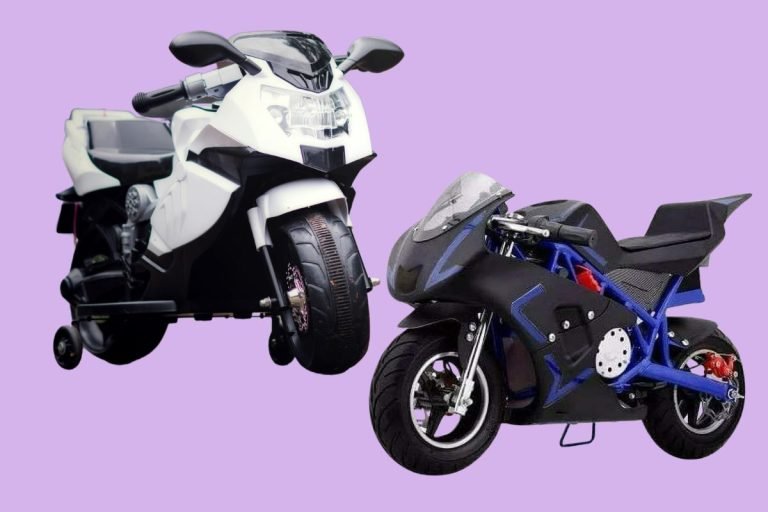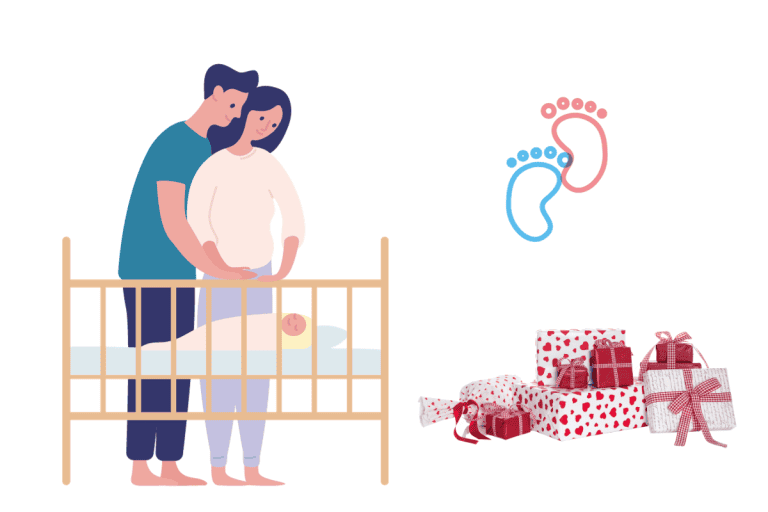Start Dirt Biking for Kids: The Ultimate 2025 Guide
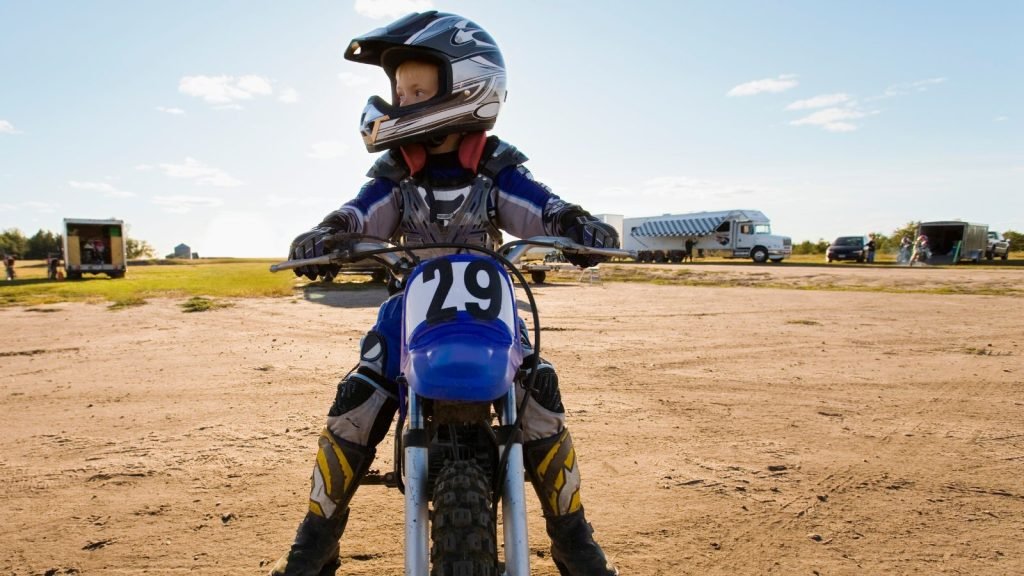
Have you considered introducing your kids to the thrilling world of dirt biking? Start dirt biking for kids and open up a whole new avenue for outdoor adventure, skill-building, and confidence.
This guide covers everything you need to know – from selecting the right bike and gear to teaching proper riding techniques safely. Follow along as we reveal the secrets to successfully kickstart your child’s dirt biking journey. Get ready to make unforgettable memories!
Key Takeaway – Start Dirt Biking for Kids
- Start kids aged 4-6 on small training bikes, assessing their readiness
- Use proper safety gear and age-appropriate dirt bike models
- Set up a safe, supervised practice area progressing in difficulty
- Maintain the bike properly through cleaning, inspections, and routine maintenance
Age Considerations

Recommended Age to Start Dirt Biking
Dirt biking is an exhilarating sport, but it’s important to introduce it to children at the right age. Many experts recommend starting kids on a dirt bike between 4 and 6.
At this young age, children can begin learning the fundamentals of balance, throttle control, and basic riding skills on a smaller bike with training wheels. However, every child develops differently, so it’s essential to consider their individual physical and mental maturity levels.
Physical and Mental Maturity Factors
Before allowing your child to ride a dirt bike, it’s vital to assess their physical and mental readiness. Physically, they should have good coordination, balance, and strength to control the bike.
Mentally, they need to understand and follow safety instructions, have good concentration, and be willing to learn. These factors play an important role in ensuring a positive and safe introduction to dirt biking.
Assessing Your Child’s Readiness
To determine if your child is ready for dirt bike riding, start by observing their interest and skills. Have they shown enthusiasm for bikes or similar activities? Can they ride a bicycle confidently? Consider their attention span and ability to follow rules.
You might also want to introduce them to a balance bike or training wheels at a young age to build their confidence and assess their readiness. Ultimately, every child is unique, so allow your child to progress at their own pace and never force them into an activity they’re not ready for.
Choosing the Right Dirt Bike
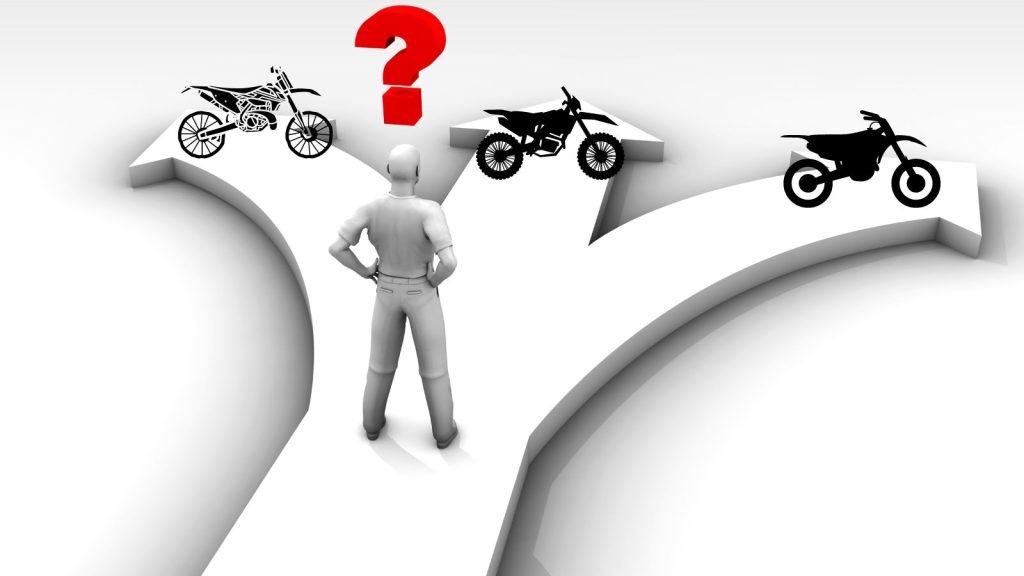
Factors to Consider
Selecting the appropriate dirt bike for your child is important for their safety and enjoyment. The size, engine capacity, and weight of the bike should align with your child’s age, height, and skill level.
Choosing Dirt Bike for Child is a crucial step in ensuring their safety and confidence as they start this new adventure. Opting for a bike that’s too powerful or large can be overwhelming and increase the risk of injuries. Conversely, a bike that’s too small may not provide the desired thrill and could hinder their progress.
Age and Height-Appropriate Dirt Bike Models
Many reputable brands, such as Honda, Yamaha, Suzuki, and KTM, offer a range of mini motocross and junior dirt bike models designed specifically for young riders.
These bikes typically range from 60cc to 66cc engines and come in various wheel sizes to accommodate different age groups. For instance, the Honda CRF60F or the Yamaha PW60 are excellent choices for beginners aged 4 to 6, while the KTM 66 SX caters to slightly older and taller riders.
New vs Used Dirt Bikes
When it comes to purchasing a dirt bike for your child, you have the option of buying a new or used one. New bikes offer the latest safety features, reliability, and pristine condition, but they come at a higher cost.
If you’re looking to compare options, you may also need to consider the differences between Electric vs Gas Kids Motorcycles to find the best fit for your young rider’s needs and your budget.
Essential Safety Gear
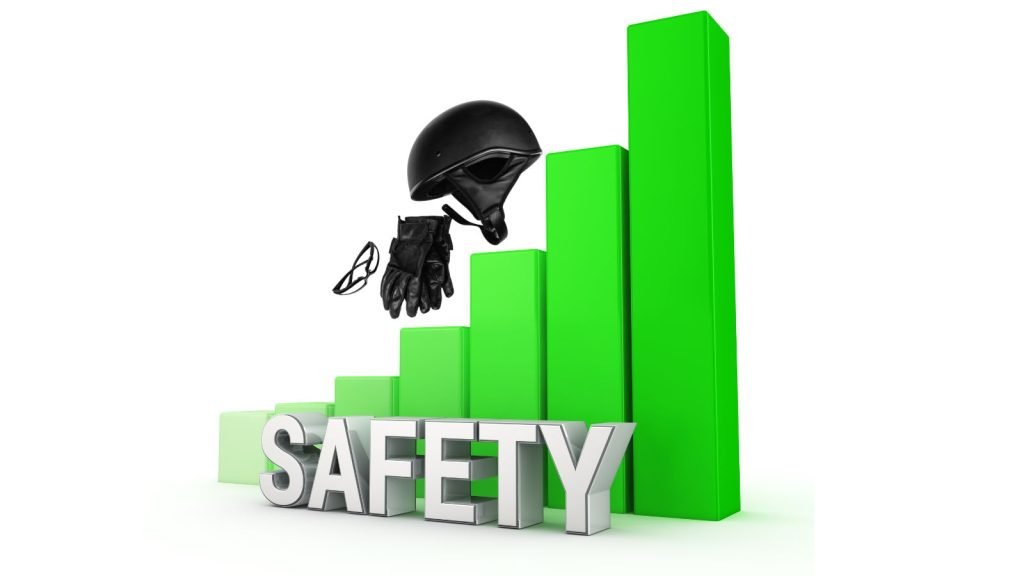
Helmet
A well-fitting and certified helmet is the most critical piece of safety gear for dirt bike riding. Look for helmets specifically designed for off-road or motocross use, as they offer superior protection against impacts and abrasions.
Popular options include full-face helmets with extended chin guards and visors, or lightweight open-face helmets with goggles. Key features to consider are a sturdy outer shell, multi-density impact-absorbing liners, and a secure closure system.
Ensuring a snug yet comfortable fit is important to prevent the helmet from shifting or coming off during a fall.
Goggles/Glasses
Protecting your child’s eyes from dirt, debris, and flying objects is essential. Invest in a pair of shatterproof goggles or glasses designed for dirt biking. Look for features like anti-fog coatings, adjustable straps, and a wide field of vision.
Goggles can be worn with full-face helmets, while glasses are better suited for open-face helmets. Consider getting tinted lenses for bright sunlight conditions.
Boots, Gloves, and Body Armor
Proper footwear is important for maintaining control and preventing foot injuries. Look for sturdy boots with ankle protection, non-slip soles, and reinforced toe boxes.
Gloves not only provide a better grip on the handlebars but also protect against abrasions and impacts. Body armor, such as a chest protector, and elbow and knee pads, can significantly reduce the risk of injuries during falls or crashes.
Importance of Wearing Protective Gear
While it may be tempting to skip some safety gear, especially for short rides or practice sessions, this decision can have severe consequences.
Accidents can happen at any time, and proper protective gear can mean the difference between a minor scrape and a serious injury. Emphasize to your child the importance of wearing all necessary gear every time they ride a dirt bike, and lead by example yourself. Remember, Kids Dirt Biking Safety is paramount to building a positive experience with the sport.
Teaching Proper Riding Techniques
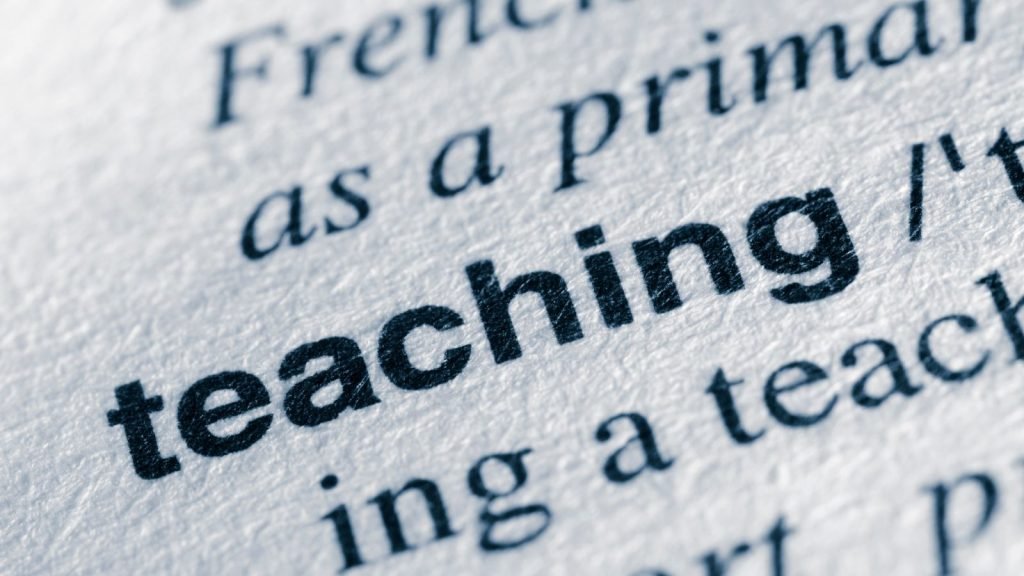
Starting and Stopping the Bike
Before hitting the trails, it’s essential to teach your child how to properly start and stop the dirt bike. Begin by familiarizing them with the controls, such as the ignition switch, kill switch, and brake levers.
Demonstrate the correct starting procedure, emphasizing the importance of neutral gear and using the kick or electric start. For stopping, instruct them to apply both front and rear brakes smoothly while disengaging the throttle.
Practice these basic maneuvers in a controlled environment until they become second nature.
Shifting Gears
Depending on the bike’s specifications, your child may need to learn how to shift gears. For automatic or semi-automatic models, shifting may be as simple as twisting the throttle.
However, for manual transmission bikes, they’ll need to master the clutch and gear shifter. Start with upshifts and downshifts while stationary, then progress to shifting while riding. Emphasize the importance of smooth clutch operation and proper rev-matching to prevent stalling or engine damage.
Turning and Maneuvering
Turning and maneuvering are critical skills for off-road riding. Teach your child to look ahead and plan their turns, using proper body positioning and counterbalancing techniques.
Demonstrate how to shift their weight and use the throttle and brakes to navigate turns safely. Start with wide, gentle turns and gradually progress to tighter maneuvers as their confidence grows.
Braking and Control
Effective braking and control are important for maintaining safety on the trail. Teach your child to use both front and rear brakes simultaneously, with more emphasis on the front brake for maximum stopping power.
Instruct them to look ahead and anticipate obstacles, applying brakes early and smoothly to avoid skidding or losing control. Practice emergency braking drills in a safe environment to reinforce these skills.
Off-Road Riding Techniques
Once your child has mastered the basics, introduce them to off-road riding techniques. Demonstrate how to navigate over obstacles, such as logs or rocks, by using proper body positioning and throttle control.
Teach them to read the terrain and anticipate changes in traction, adjusting their speed and riding style accordingly. Hill climbs, descents, and cornering on loose surfaces are also essential skills to cover for a well-rounded off-road experience.
Setting Up a Practice Area
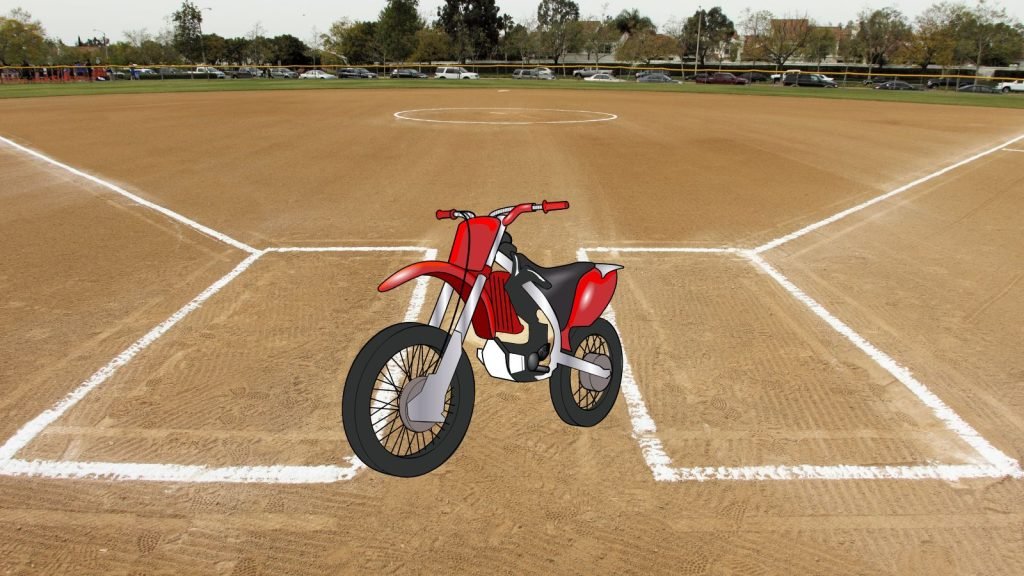
Choosing a Suitable Location
Finding the right location is key to creating a safe and effective practice area for your child’s dirt bike riding. Look for a spacious, flat area with a soft, loamy soil surface that provides good traction and cushioning in case of falls.
Avoid rocky or hard-packed ground, as these can increase the risk of injuries. If possible, choose a private or secluded spot away from roads and other hazards.
Creating a Safe and Controlled Environment
Once you’ve selected a suitable location, it’s time to create a safe and controlled practice area. Start by clearly marking the boundaries with cones, flags, or other visible markers.
Remove any potential obstacles, such as large rocks or tree stumps, that could pose a risk to your child. Consider setting up a designated start and stop area, as well as a separate warm-up zone for basic maneuvers.
Gradually Increasing Difficulty Levels
As your child progresses in their dirt bike riding skills, you can gradually increase the difficulty level of the practice area. Start with simple, wide-open spaces and flat terrain, then introduce gentle slopes, turns, and small obstacles like logs or berms.
This gradual progression will help build their confidence and prepare them for more challenging off-road trails. Remember to supervise closely and ensure they’ve mastered each level before moving on to the next.
Supervision and Guidance
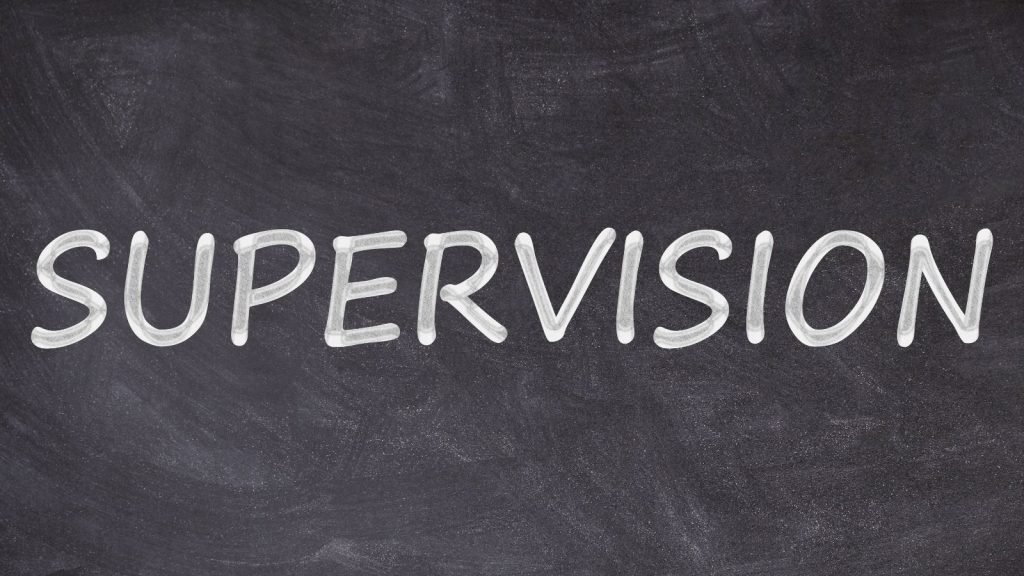
Importance of Adult Supervision
Whenever your child is riding a dirt bike, it is important to have an attentive adult present for supervision. Dirt biking can be an exhilarating but potentially dangerous sport, and accidents can happen even with proper precautions.
An adult supervisor can monitor your child’s riding, ensure they follow safety protocols, and intervene if necessary. Additionally, having an experienced adult on hand can provide valuable guidance and feedback to help your child improve their riding skills.
Hiring a Professional Instructor
While you can certainly teach them everything about the basics of dirt bike riding, hiring a professional instructor can be a worthwhile investment.
Experienced instructors have extensive knowledge of proper techniques, safety measures, and teaching methods tailored to different age groups and skill levels.
They can provide personalized instruction, identify areas for improvement, and help your child progress more quickly and safely. However, it’s important to research and choose a reputable instructor or training facility with a strong focus on safety and age-appropriate teaching approaches.
Encouraging Positive Reinforcement
Learning to ride a dirt bike can be challenging, and your child may experience frustrations or setbacks along the way. It’s essential to provide positive reinforcement and encouragement throughout the process.
Celebrate their successes, no matter how small, and praise their efforts and determination. Avoid criticism or negative comments, as these can discourage and demotivate your child.
Instead, offer constructive feedback and suggest ways to improve in a supportive manner. A positive and encouraging environment will help build their confidence and foster a love for the sport.
Maintenance and Care
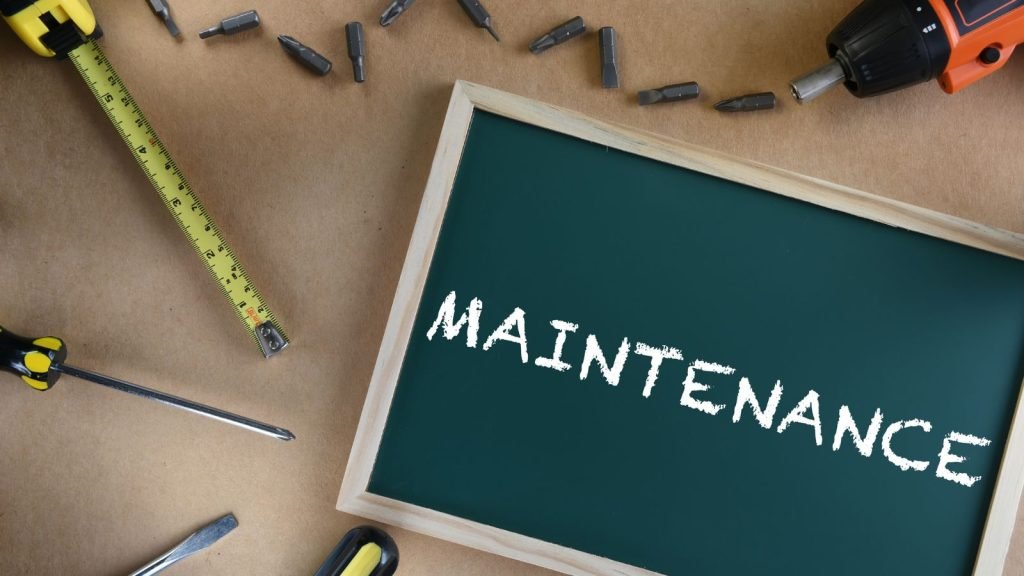
Routine Maintenance (air filter, oil changes, etc.)
Proper maintenance is key to ensuring your child’s dirt bike runs smoothly and safely. Regular air filter cleaning and oil changes are essential tasks that should be performed according to the manufacturer’s recommendations.
Neglecting these basic maintenance tasks can lead to poor performance, excessive wear, and potential breakdowns. Additionally, check and adjust other components like the chain, brakes, and tire pressure regularly for optimal operation.
Cleaning and Storage
After every ride, it’s important to clean your child’s dirt bike thoroughly. Remove any mud, dirt, or debris from the frame, wheels, and suspension components. This not only keeps the bike looking great but also prevents premature wear and corrosion.
When storing the bike, choose a cool, dry place away from direct sunlight and moisture. Consider using a bike cover or stand to protect it from dust and potential damage.
Importance of Regular Inspections
In addition to routine maintenance, it’s important to conduct regular inspections of your child’s dirt bike. Carefully examine the bike for any signs of wear, damage, or loose components before each ride.
Pay special attention to critical components like the brakes, tires, and suspension. If you notice any issues, address them promptly or consult a professional mechanic if necessary.
Regular inspections can help identify potential problems early and prevent more serious issues down the road, ensuring your child’s safety and the bike’s longevity.
Safety Reminders and Best Practices
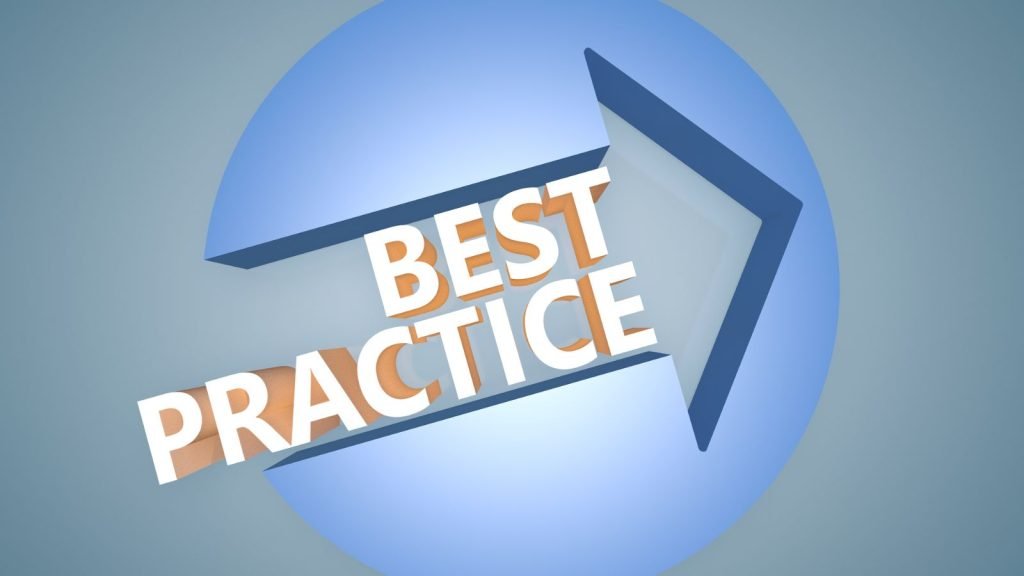
Pre-ride Checks and Preparations
Before letting your child ride a dirt bike, it’s essential to perform pre-ride checks and preparations. Start by ensuring they are wearing all the necessary safety gear, including a helmet, goggles, boots, gloves, and any additional protection.
Inspect the bike for any loose or damaged components, checking the tires, brakes, chain, and suspension. Make sure the fuel and oil levels are adequate, and all controls are functioning correctly. Once everything is in order, remind your child of the riding rules and safety protocols they should follow.
Rules and Etiquette for Off-Road Riding
When riding dirt on trails or in off-road areas, it’s important to follow certain rules and etiquette. Teach your child to respect the environment and avoid causing damage to the terrain or wildlife.
Instruct them to stay on designated trails and obey any posted signs or rules. Remind them to be courteous to other riders and yield the right-of-way when necessary. Additionally, emphasizes the importance of controlling their speed and maintaining a safe distance from obstacles and other riders.
Staying Within Your Child’s Limits
While dirt bike riding can be an incredibly rewarding experience, it’s essential to ensure that your child stays within their limits. Pushing them too hard or attempting challenges beyond their skill level can lead to frustration, discouragement, and potential accidents.
Regularly assess their abilities and progress, and adjust the difficulty level accordingly. Encourage them to take breaks when needed and never force them to perform maneuvers they’re not comfortable with.
By respecting their limits and promoting a positive learning environment, you’ll help foster a lifelong love for the sport while prioritizing their safety.
Summary
Starting your kids on the exciting adventure of dirt biking requires careful planning and a focus on safety. From choosing the right bike and gear to teaching proper techniques and setting up a practice area, this guide covers the essential steps.
With adult supervision, positive encouragement, and adherence to maintenance and safety protocols, your child can build confidence and develop a lifelong love for this thrilling off-road sport.
Frequently Asked Questions
What age to start dirt bikes for kids?
Ages 4-6, using small bikes with training wheels. Assess the child’s readiness.
How to teach kids proper dirt bike riding techniques?
Start with basics: starting, stopping, shifting, turning using proper form. Practice fundamentals extensively. Then progress to advanced off-road skills gradually with guidance.
How to maintain and clean a kid’s dirt bike?
Regular cleaning, filter/oil changes, chain lube, and brake adjustments. Thorough post-ride cleaning. Proper storage. Periodic inspections.
What are the important pre-ride checks for kids dirt biking?
Check safety gear, tires, brakes, chains, controls, and fuel/oil levels. Review safety rules.
Should I hire a professional instructor for my kid’s dirt biking?
Yes. Instructors provide expert technique guidance, safety protocols, and age-appropriate teaching for quicker, safer progression.
